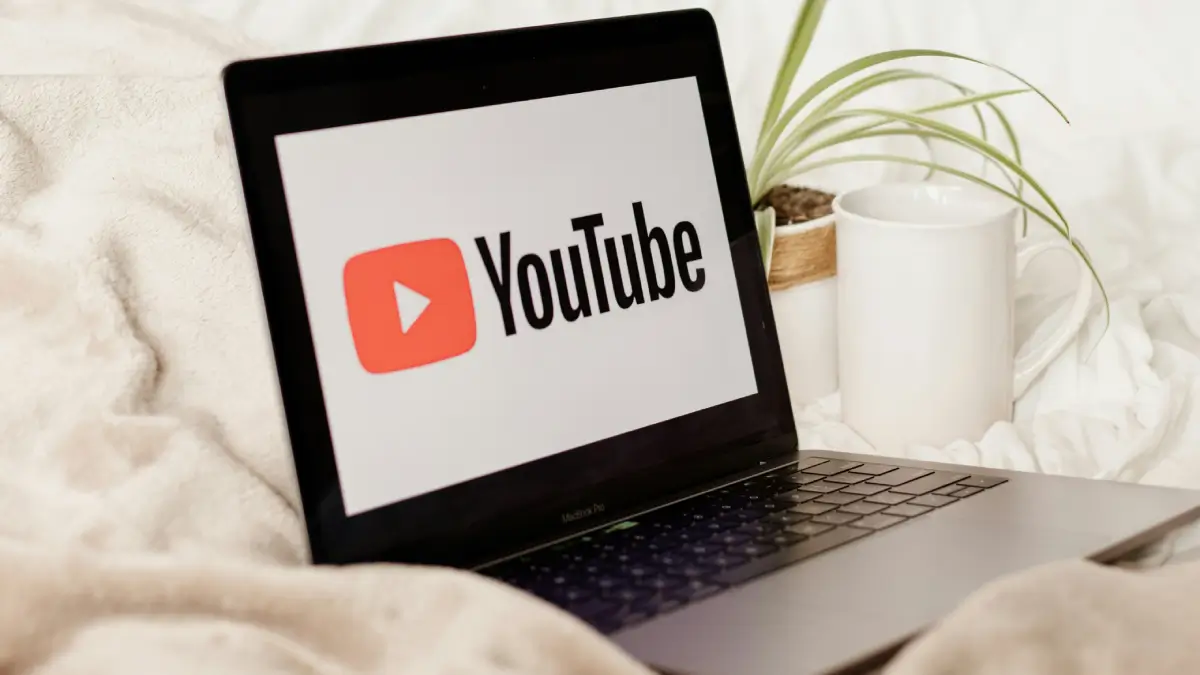Overview of AI Training on YouTube Videos
In the evolving world of artificial intelligence, content from popular platforms is increasingly being utilized to develop advanced tools. A recent investigation reveals that over 15.8 million clips from more than 2 million channels have been collected by various technology firms for this purpose. This practice raises significant concerns for individuals who produce instructional and creative material online, as it could undermine their efforts and revenue streams.
One example involves a woodworking enthusiast who started sharing his projects back in 2010. His channel grew to over a million followers, with viewers appreciating his straightforward tutorials. However, such content is now part of larger collections used in AI development, potentially making human-created guides less essential as automated alternatives emerge.
The Scope and Methods Behind the Data Collection
These videos appear in at least 13 different compilations shared by developers from corporations, academic institutions, and research groups. Platforms like Hugging Face serve as hubs for distributing these resources. While the data often lacks direct identifiers like titles or creator names, unique codes allow for tracing back to originals.
The process violates platform guidelines, which prohibit bulk downloading outside of approved features for subscribers. Despite this, little enforcement has been observed, enabling the continuation of such activities. Developers focus on high-quality selections, prioritizing elements like dynamic camera work, scenic visuals, or polished productions. They often segment footage into brief segments, adding descriptive labels either manually or via automated systems to train models on associating text with visuals.
For instance, certain compilations emphasize popular content, assuming higher views indicate superior value, while others employ algorithms to assess aesthetic appeal. This selective approach aims to enhance the output of generative tools, but it overlooks the original creators’ rights.
Legal and Ethical Challenges
The legality of using these materials remains contentious. Companies argue that processing content for AI training falls under fair use protections, but ongoing court cases suggest otherwise, with some rulings favoring stricter interpretations of copyright laws. If resolved against tech firms, this could reshape how online material is shared and monetized.
Several lawsuits highlight the tensions. Entertainment giants have challenged image-generation services for incorporating recognizable elements, while other cases involve unauthorized alterations of speeches for advertising. These disputes underscore a chaotic environment where innovation clashes with intellectual property safeguards.
Impacts on Creators and the Broader Industry
AI training on YouTube videos is already influencing the ecosystem. Generated content, such as historical recaps or music mixes, often garners substantial views despite inaccuracies, overshadowing verified work. Multimodal systems can produce custom clips on demand, like step-by-step guides tailored to user queries, potentially reducing the need for traditional channels.
Major players, including those behind social media and search engines, are integrating these capabilities into their offerings. Some have even sourced vast amounts from their own platforms—over 70 million from one video site and 65 million from a photo-sharing app. This self-sourcing could flood feeds with synthetic material, diminishing human interactions.
Creators face tough decisions: continue producing despite the risks or pivot away. As tools advance for dubbing, editing, or creating entirely new scenes, industries like education, advertising, and entertainment stand to transform. Organizations with extensive libraries, such as news outlets with tens of thousands of entries, are particularly vulnerable.
Future Outlook
As AI training on YouTube videos expands, the balance between technological progress and creator sustainability hangs in the balance. Enhanced protections, like watermarks, might deter usage, but broader policy changes are needed. This trend signals a shift where machines could dominate content generation, urging stakeholders to advocate for equitable practices.

